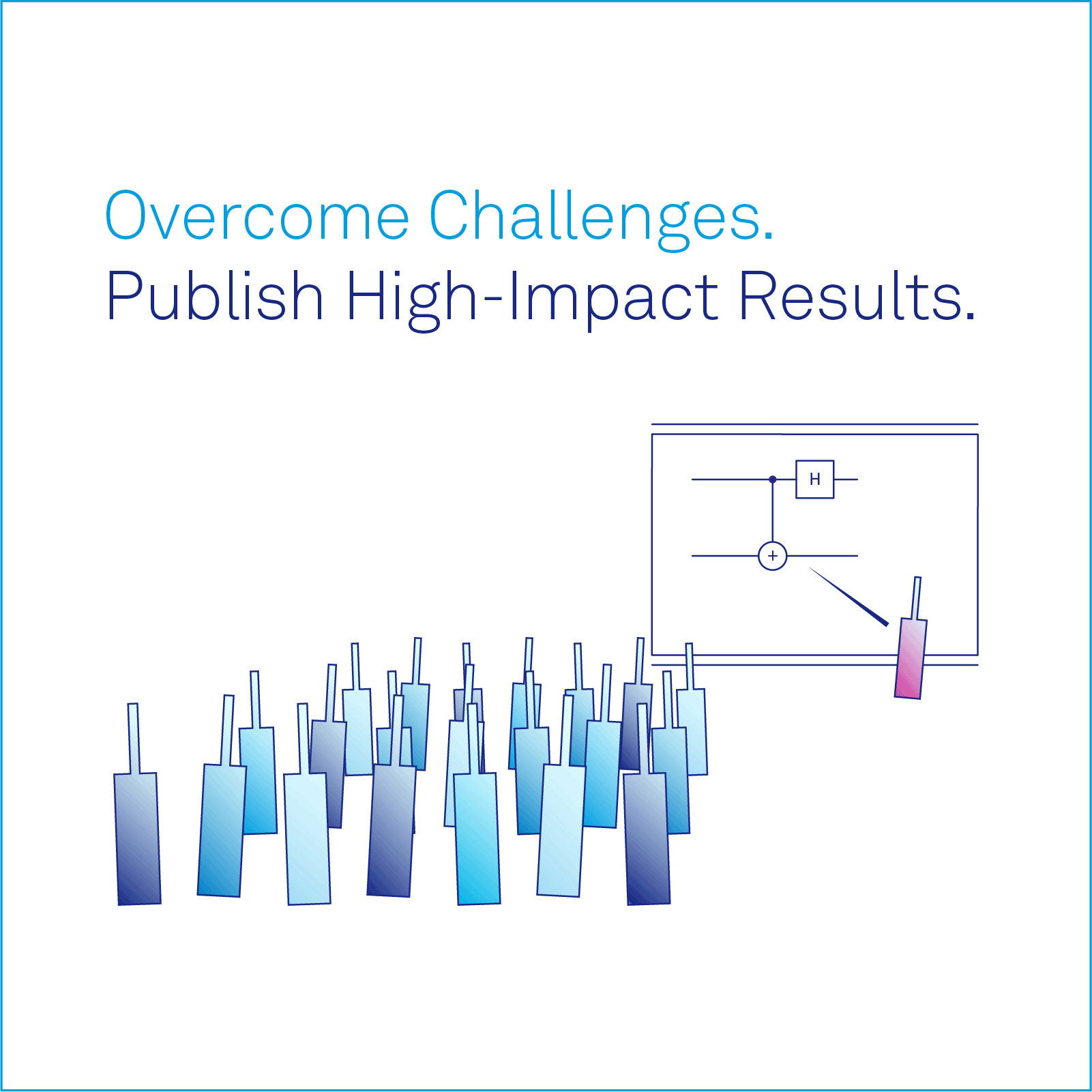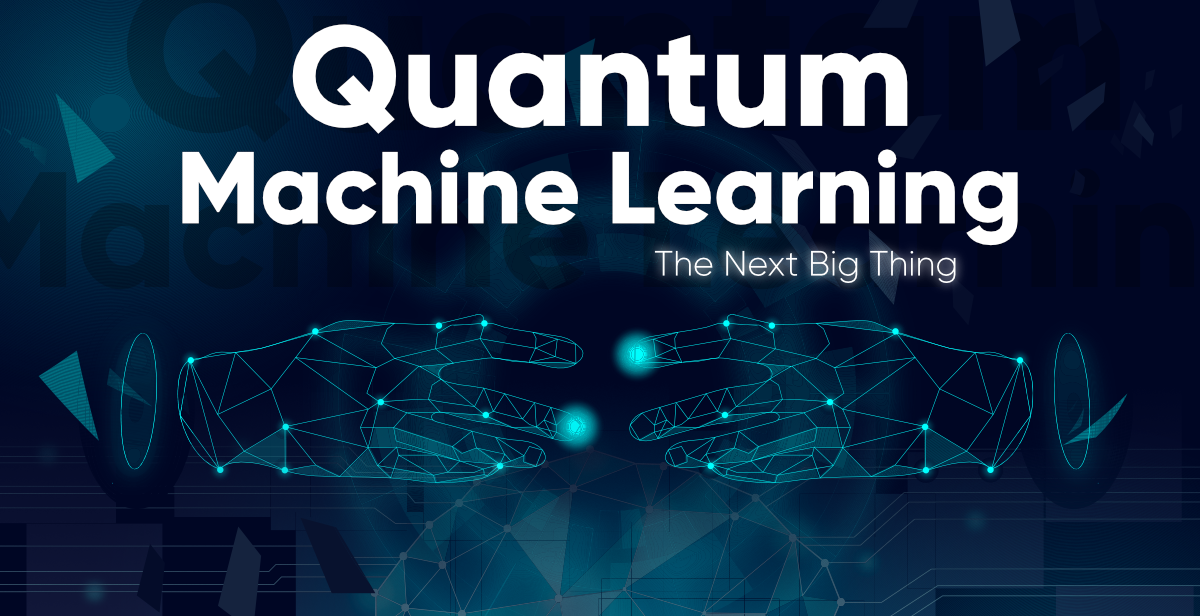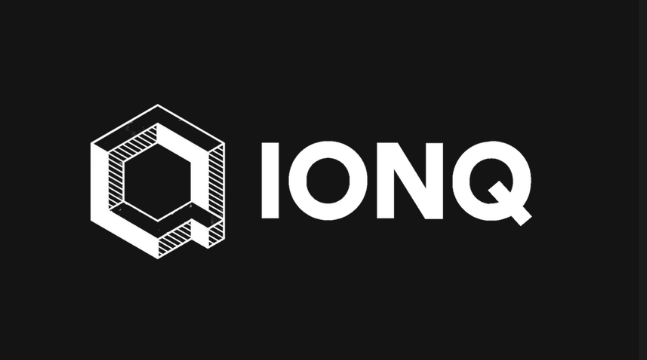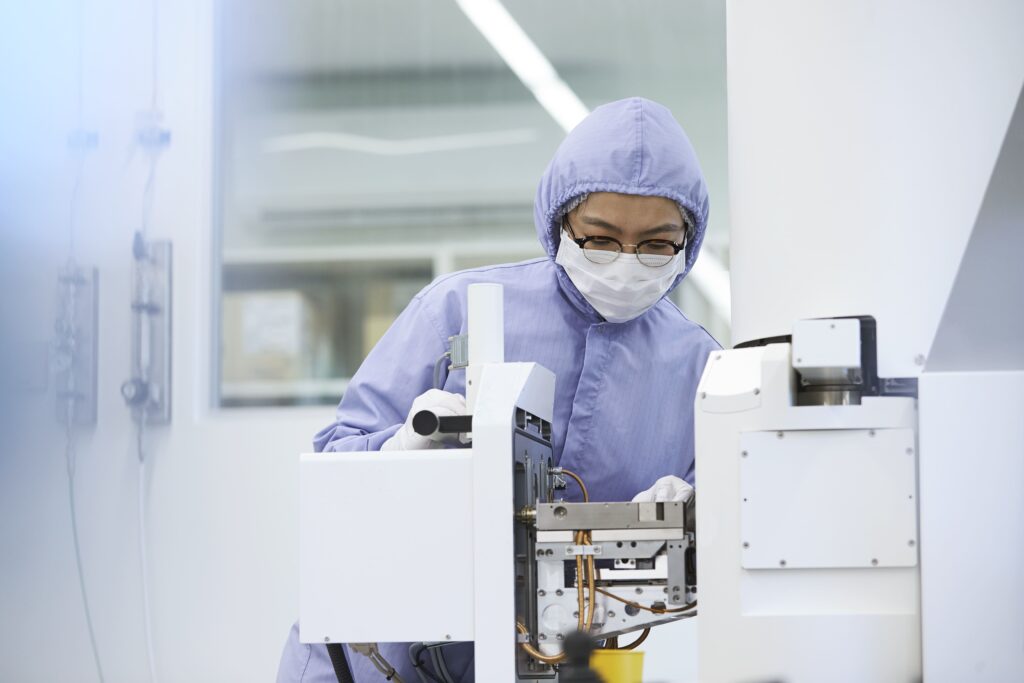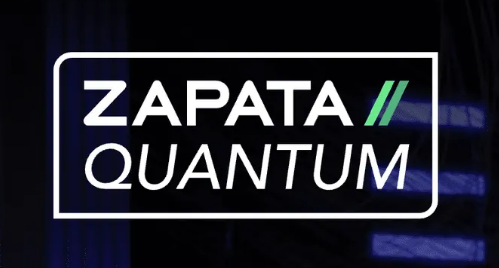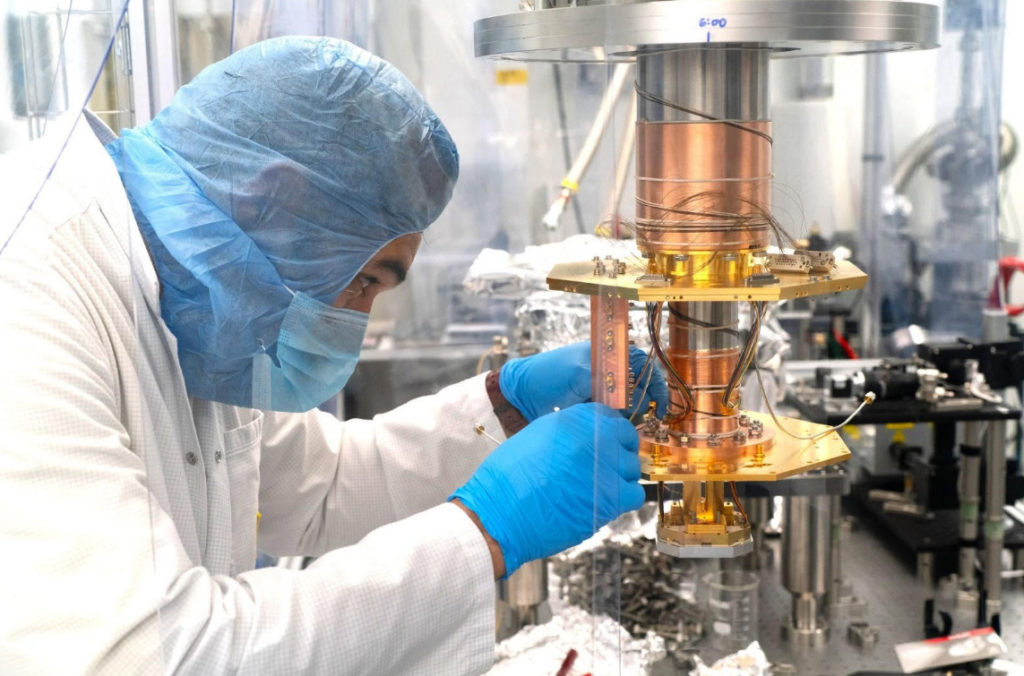Insider Brief
- Photonic Inc. has introduced a new class of Quantum Low Density Parity Check (QLDPC) codes, called SHYPS, which significantly reduces the number of qubits required for quantum computation and error correction, potentially accelerating the commercialization of quantum computing.
- SHYPS QLDPC codes require up to 20 times fewer physical qubits than traditional surface code methods, addressing a key challenge in scalable quantum computing by reducing error-correction overhead.
- Photonic’s Entanglement First™ architecture provides the high connectivity needed to implement these codes, which have been validated through extensive simulations and can operate across distributed quantum systems.
PRESS RELEASE — Photonic Inc. introduced a new, low-overhead family of Quantum Low Density Parity Check (QLDPC) codes that can efficiently perform both quantum computation and error correction, using materially fewer quantum bits (qubits) than traditional surface code approaches. This milestone work will accelerate the timeline to useful quantum computing.
“Unlocking the quantum logic of high-performance QLDPC codes has been the holy grail of quantum error correction R&D for decades, and one of the obstacles to cost-effective quantum computing at scale.” said Stephanie Simmons, Chief Quantum Officer at Photonic. “Today we’re announcing that we have cracked these codes. Today we’re launching fast and lean QLDPC codes, called SHYPS codes, that can run all quantum algorithms using up to 20x fewer physical qubits compared to the traditional approaches to error correction. We’re excited to share these milestone results which have moved the goalposts for useful quantum computing 20x closer.”
Quantum computers require error correction to realize the promised exponential speedups over known classical approaches for key computational challenges. Using surface code for error-correction introduces enormous overhead requirements for systems at scale – millions of physical qubits are needed to collectively act as the thousands of logical qubits required for impactful applications. These assumptions have contributed to 30+ year projections of when quantum will become “real” in the market.

Introduced 20 years ago, QLDPC codes provide a promising alternative to reduce overheads by 10-100x – with one catch – someone had to first unlock the ability to perform quantum logic using QLDPC codes. Researchers spent over a decade on this challenge, and today Photonic’s new paper, “Computing Efficiently in QLDPC Codes,” is the first to demonstrate how to compute using SHYPS QLDPC codes. This breakthrough simultaneously delivers the efficiency gains promised by QLDPC codes and removes a key barrier to commercially useful quantum applications.
“This is a truly major milestone. The quantum field must now be divided into those whose hardware can run these new codes, and those who can’t. We’re going to see a race between players that invest in the scarce skills required for in-house code innovation, and those that seek to be fast followers” said David Shaw, Lead Analyst, Global Quantum Intelligence “Implementing logic always looked like the hard part of standing-up better codes. This new work has knocked it out of the park.”
This fast and lean, patent pending QLPDC code family has specific hardware requirements for implementation that not every approach to quantum computing can deliver. Photonic’s Entanglement FirstTM architecture provides the high levels of connectivity needed to realize the benefits of QLDPC codes. These codes have been stress tested in the most complete simulations known to date, demonstrating that the logic works in practice, not just in theory. Better yet, this approach is implementable on distributed systems, working both within and between modules.
Learn more about the SHYPS QLDPC code family and Photonic’s advances in efficient quantum error correction:
For a deep dive, read the scientific paper “Computing Efficiently in QLPDC Codes”
For more discussion of these results and their impact, read “Launching SHYPS: QLDPC is the New Error Correction”





